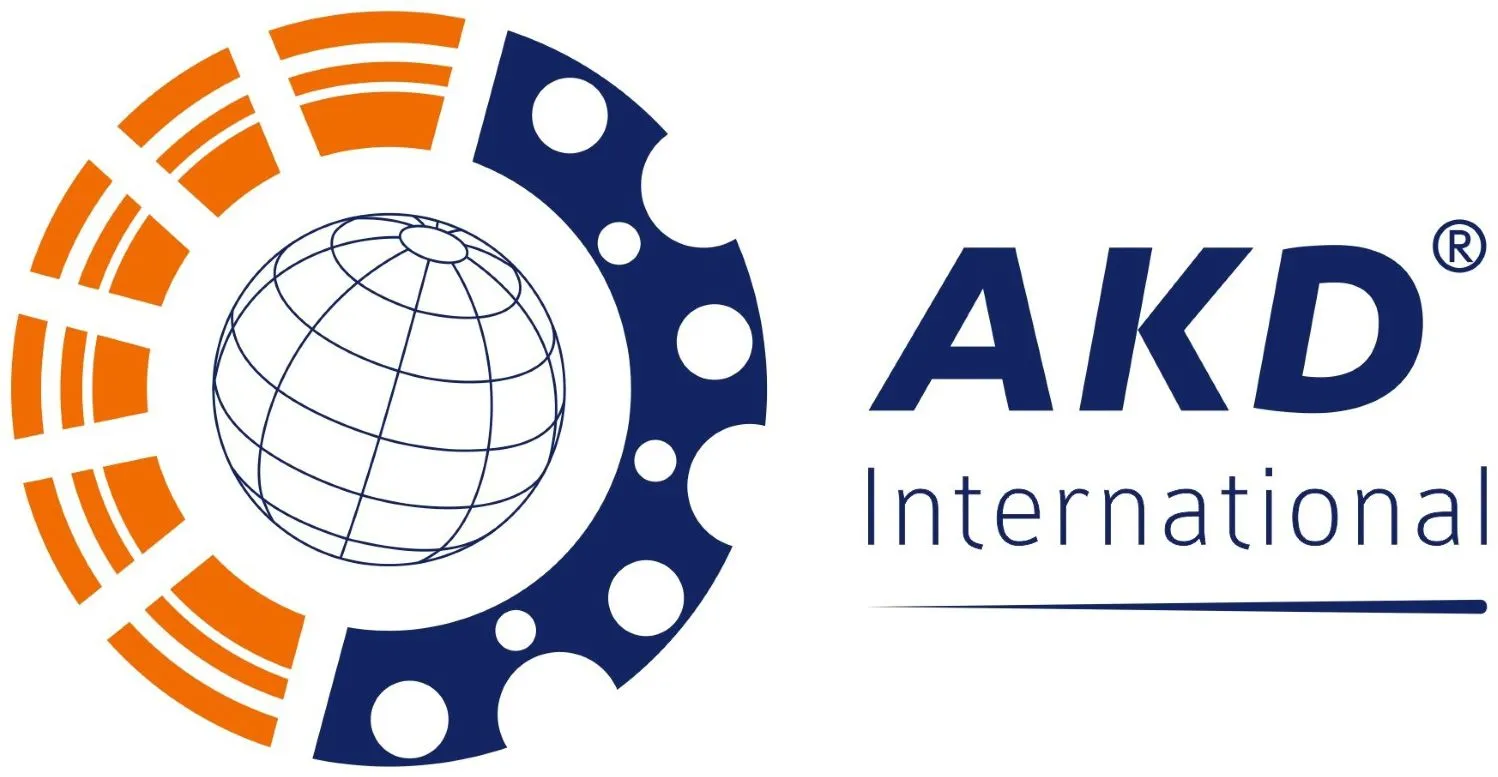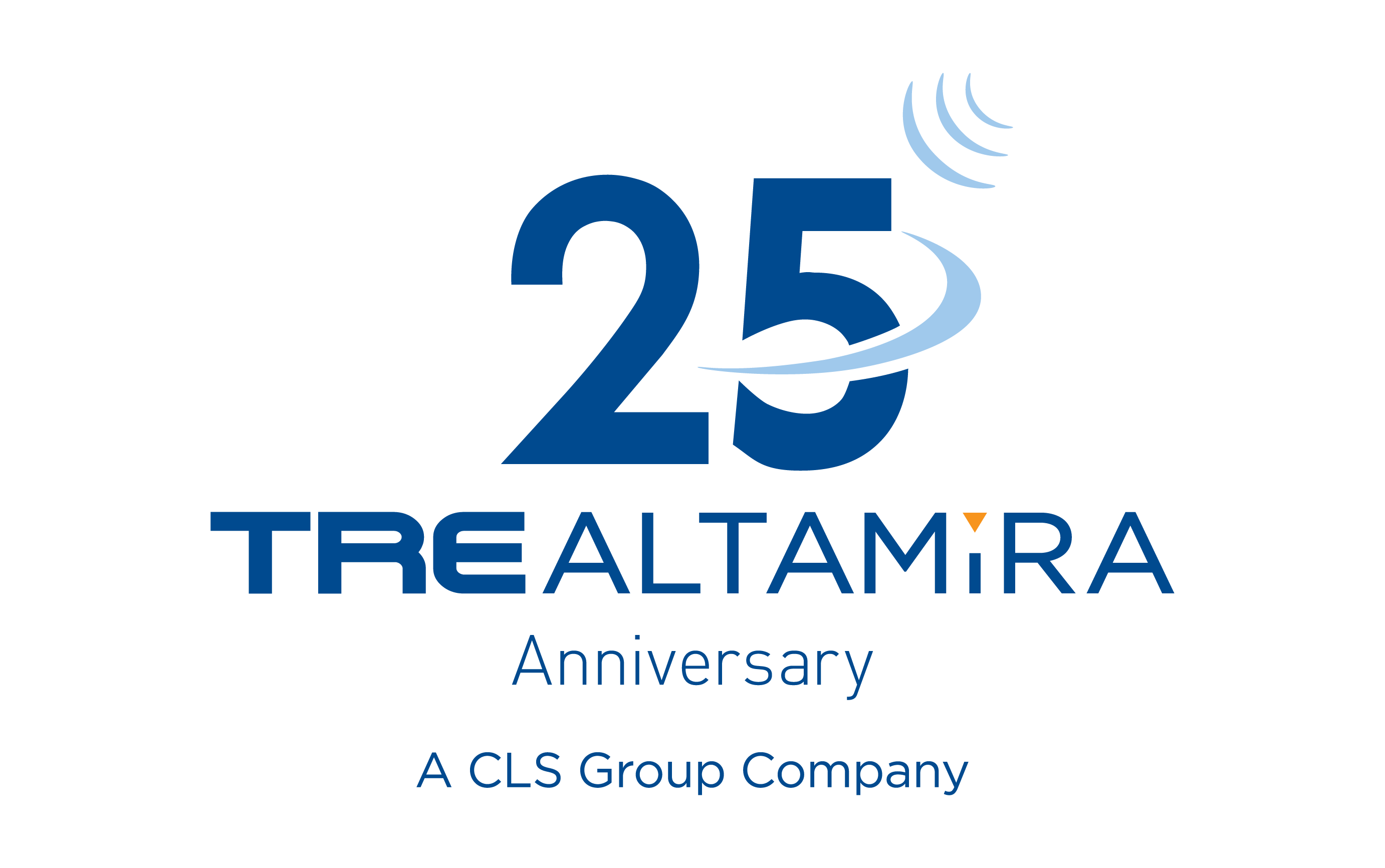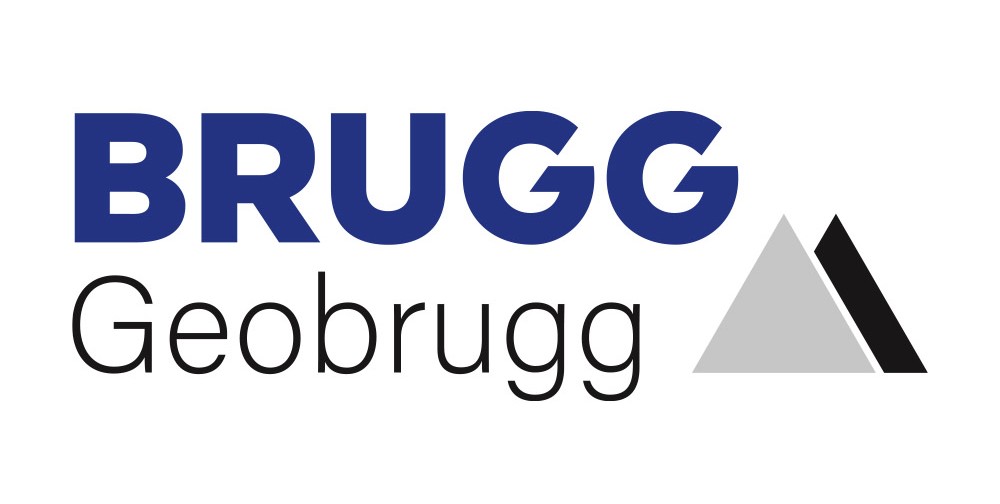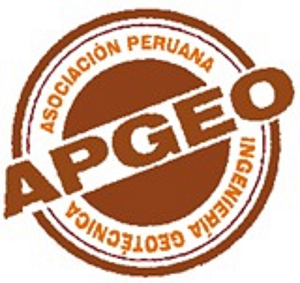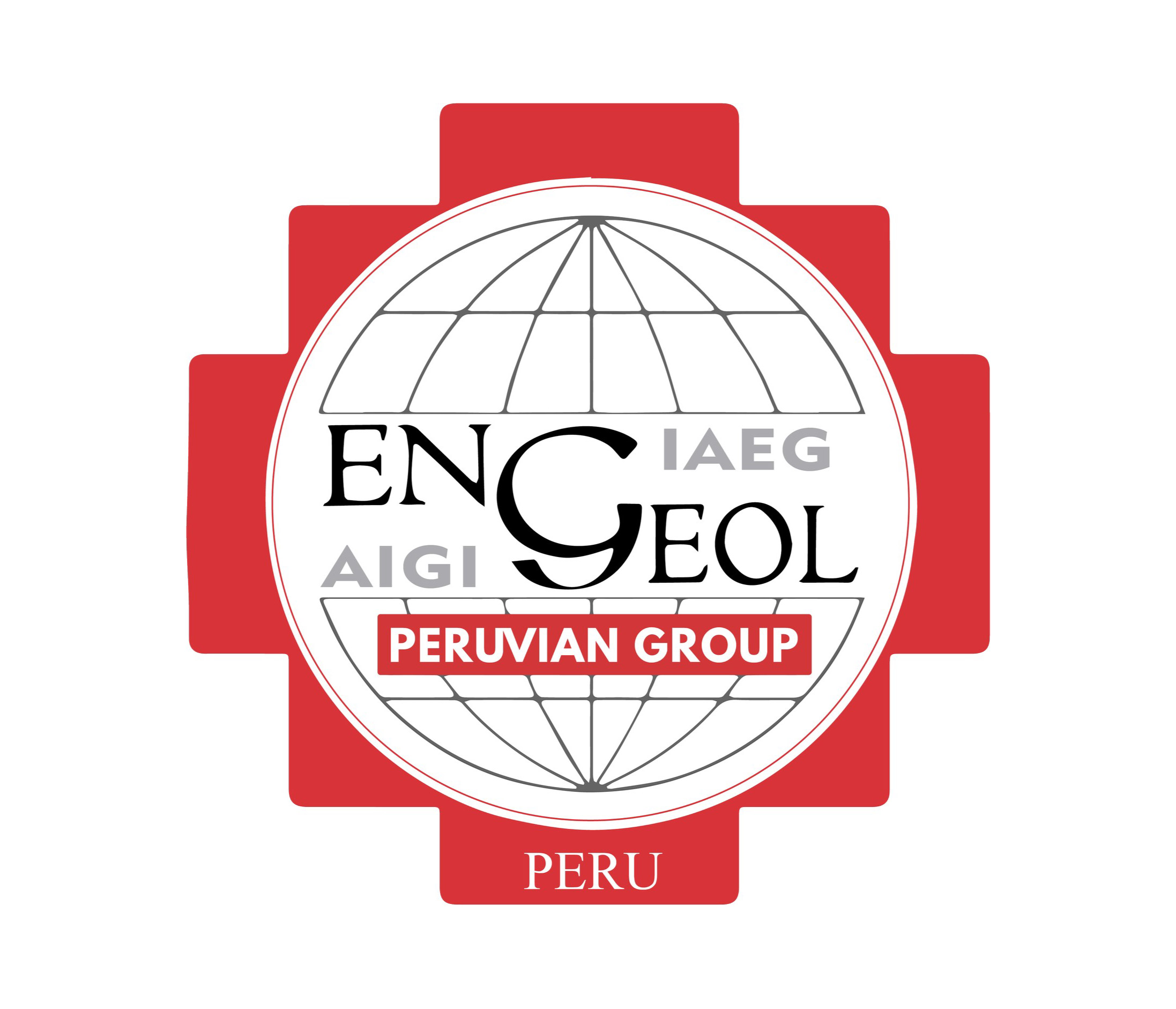Press Releases
Slope Stability 2026: Estimating Geotechnical Parameters Is Vital from Exploration to Mine Closure
Those studies make it possible to understand ground characteristics for excavations, minimize risks, and ensure the long-term stability and operability of the mine
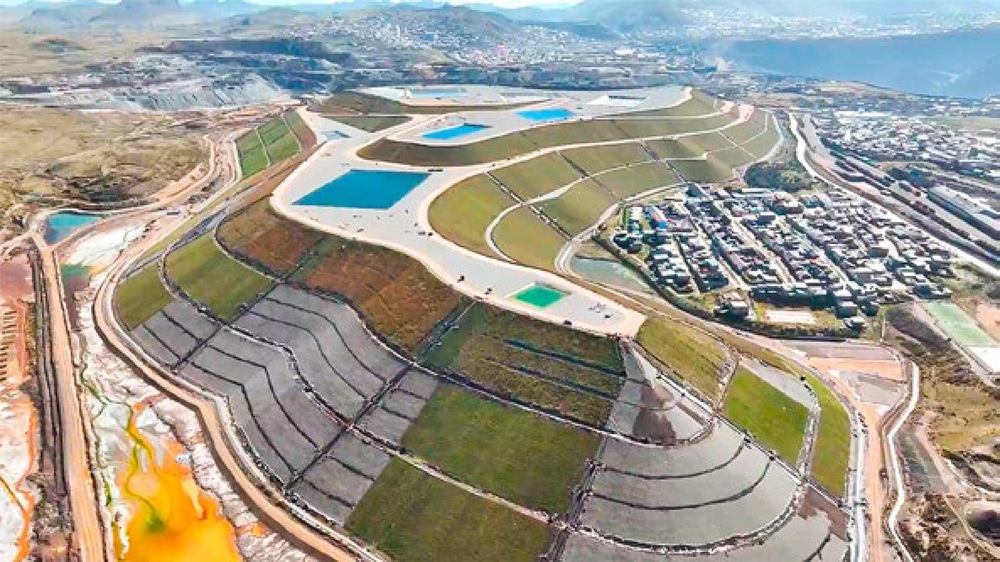
Lima, August 15, 2025. Studying the characterization of the rock mass is the foundation for the geotechnical analyses required to develop a design that ensures safety in mining operations, proper excavation planning, and the implementation of support systems during the initial exploration stage, said Raúl Pozo—member of SPEG/ISRM, organizer of Slope Stability 2026, and senior consultant at SRK Consulting Peru.
In the conference titled “Estimation of Geotechnical Design Parameters in Open-Pit Mine Slope Stability,” organized by the Arequipa Chapter of the Peruvian Institute of Mining Engineers (IIMP), Pozo emphasized that such studies and estimates are essential from the exploration stage, through prefeasibility and feasibility studies, and up to mine closure.
Why estimate the parameters?
Pozo explained that studying the characterization of the rock mass requires evaluating intact rock through uniaxial and triaxial compression tests (e.g., UCS, TX), as well as assessing fracture orientation and strength using geomechanical mapping or drone surveys. These two groups of studies make it possible to characterize the rock mass, assess its quality, and develop the engineering design.
“This is the basis for our geotechnical analyses. In mining, these studies reveal the characteristics of the ground where excavations will take place, helping us prevent and minimize risks and ensure the long-term stability of the mine,” he stated during the virtual conference.
Pozo stressed that slope stability in open-pit mining depends on the proper estimation of parameters. He advised young geologists and geotechnical engineers beginning their careers to avoid making assumptions about them. These parameters include rock mass strength and soil properties, which are critical for designing safe and efficient mine slopes.
“Especially when applying them in complex models. Sometimes, people attempt analyses with fracture networks and end up relying on values from the literature, when it is preferable to carry out a simpler analysis with reliable data,” he noted.
Slope Stability 2026, one of the world’s leading events on mine slopes, will be held for the first time in Peru in 2026. It is organized by the Large Open Pit Project (LOP) and, in Peru, is supported by the Peruvian Society of Geoengineering and the IIMP.
For more information on the event, registration, participation, and business opportunities, please visit the official website https://www.slopestability2026.com/.




